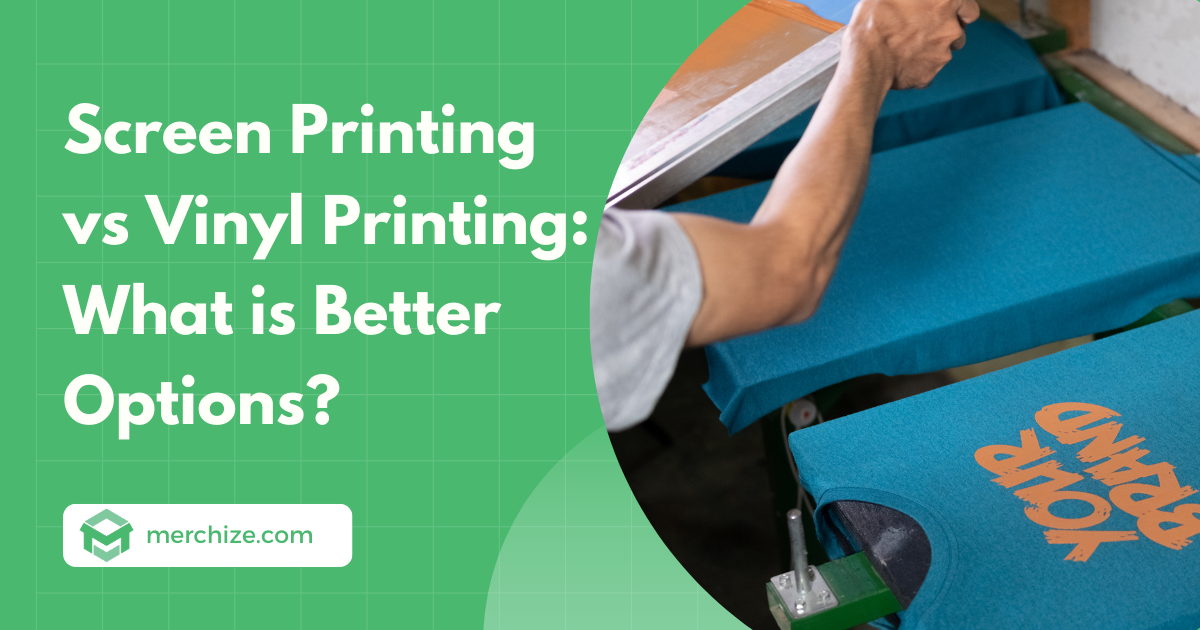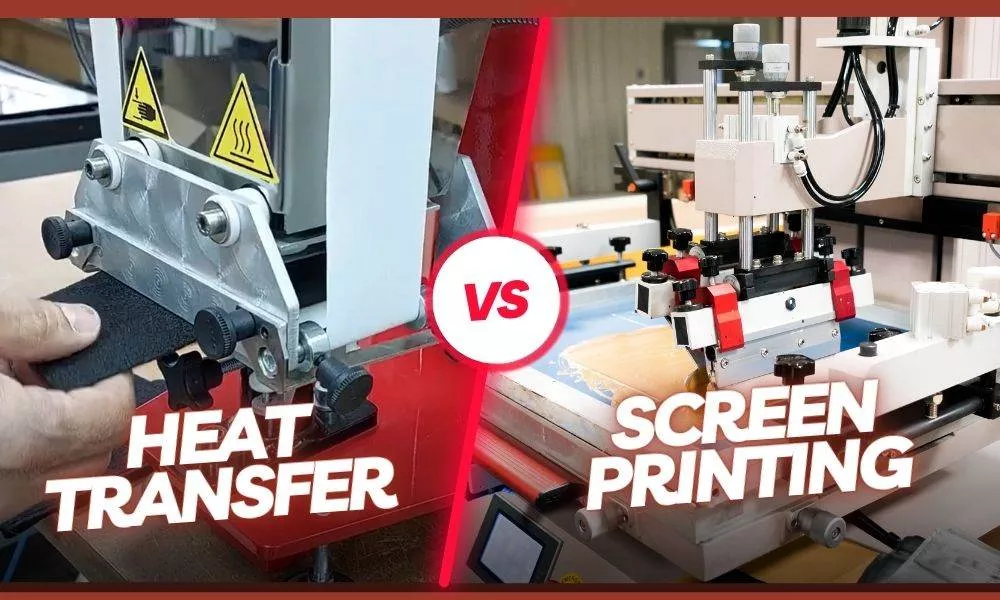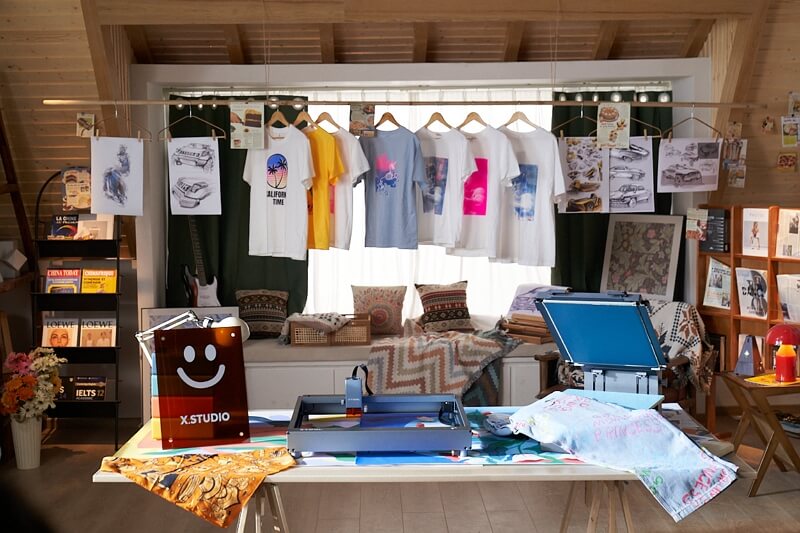Little Known Facts About Tx Tees.
Table of ContentsSome Known Incorrect Statements About Tx Tees Excitement About Tx TeesTx Tees Things To Know Before You Get ThisHow Tx Tees can Save You Time, Stress, and Money.How Tx Tees can Save You Time, Stress, and Money.Some Known Questions About Tx Tees.The Only Guide for Tx Tees
That brings your overall to roughly $1,900 gross and shipping. Build up various other expenses, like the number of energies it takes to run the store and the price of ink and emulsion per design. custom t-shirt design. Take the print below. This is a one-color photo, so the price of ink per t shirt is around 20 cents.The emulsion should only be a few cents because you 'd only require to layer one display for this task. Usually, printers attempt to make up to 45% earnings on a print work.

With DTF, you can print a handful of t-shirts, or just one. Make use of the exact same calculator as the section above to calculate just how much earnings you 'd make using DTF transfers. Contrast the expenses and profits to whichever approach talks finest to your setup and procedure. Both screen printing and DTF have their niches in the globe.
Things about Tx Tees
The ideal method to recognize? Ask around and see what print shops like your own are doing. screen printer. Attempt both out and see which you like far better
When you're choosing what sort of printing technique to utilize for printing your artwork styles on your garments, it's vital that you know the differences between these 2 strategies so you can make the most of results while lessening prices. Display printing is one of the most commonly used technique for printing styles on textiles.
DTG printing is likewise called area or straight to garment printing due to the fact that it publishes just what is required as opposed to making a display as display printers do. https://experiment.com/users/txtees02. Screen printing functions by screen filler squeegee display printing ink screen mesh display, then moving the image to garment utilizing heat and/or stress
The DTG printer uses unique dye-sublimation inks that are applied into a pre-designed picture by a digital printing system. The inks come to be part of the material, allowing for lively colors and phenomenal detail. It's additionally called place or direct to garment printing since it publishes only what is required rather of making a screen as display printers do.
Rumored Buzz on Tx Tees
First, it's much faster - you can print a fullcolor picture in mins, as opposed to hours for screen printing. Second, there's no established time or costs involved - you can print any type of style you such as, without needing to develop a display initially. Third, there's no waste - since screen printers screen print one style each time, they have to screen each color individually.
The paper is extremely costly and can only be utilized once. Once it's printed on, it has to be disposed of. - The preliminary purchase price is lower than the upfront investment of DTG printers- You can publish multi-color layouts one display each time rather than having to print each shade individually like DTG printing.

Tx Tees for Dummies
Nevertheless, rather than making use of screen mesh as display printers do, dye sublimation printers make use of laser technology to move your photos onto garments or paper. A heat procedure transfers the dye from its solid-state directly into the gas phase which subsequently fuses it onto textile substratums when they my link are rapidly warmed to high temperatures under high stress.
Sublimation printing is eco-friendly. It makes use of less water than screenprinting, and since it does not entail using damaging solvents, it's risk-free for all kinds of apparel. The dye sublimation inks are likewise odor free when healed, unlike screen printers that utilize damaging chemicals during the display printing process that leave an unpleasant smell.
They also save money on costly tools like direct exposure devices since dye sublimation printers don't require a UV direct exposure unit or a flash cure oven that is normally utilized in display printing (embroidery shop). What is straight to garment printing (DTG Printing)? DTG printing is a digital screenprinting process that prints directly onto textile making use of specialized inkjet printers
Not known Incorrect Statements About Tx Tees
DTG printing offers lots of benefits over traditional screenprinting, consisting of the capability to print photo high quality photos, higher color vibrancy, and the capacity to print layouts on darker materials. DTG printers work by warming the textile ink till it becomes a gas. The gas then permeates the material, bonding with the fibers to create an irreversible print.

Display printers just prepare their screen then start printing till they lack item or ink.- There is a vast array of knowledgeable screen printers around the world, which can be useful for beginners. - It's a slower procedure - display printers commonly need to wait on the ink to dry before they can publish the following color- Screen printers call for hand-operated labor, so there's a greater knowing curve and it takes longer to generate a high-grade layout- Screen printing isn't as accurate as DTG printing, so you might obtain some "bleeding" of shades from one component of the photo onto one more if not done properly.
Everything about Tx Tees
Rather of making use of screen mesh as display printers do, dye sublimation printers utilize laser modern technology to transfer your photos onto garments or paper. A heat procedure moves the dye from its solid-state straight right into the gas phase which consequently fuses it onto material substratums when they are rapidly heated up to heats under high pressure.
Sublimation printing is environment-friendly. It uses less water than screenprinting, and due to the fact that it does not involve making use of harmful solvents, it's risk-free for all sorts of garments. The color sublimation inks are also odor-free when healed, unlike screen printers that utilize dangerous chemicals during the screen printing process that leave behind an undesirable smell.
They also save money on expensive tools like direct exposure units considering that color sublimation printers do not call for a UV exposure unit or a flash cure oven that is normally made use of in display printing. What is straight to garment printing (DTG Printing)? DTG printing is a digital screenprinting process that prints directly onto fabric using specialized inkjet printers.
Indicators on Tx Tees You Should Know
DTG printing uses lots of benefits over conventional screenprinting, including the ability to publish photo top quality pictures, higher color vibrancy, and the ability to publish layouts on darker materials. DTG printers work by heating the fabric ink up until it develops into a gas. The gas after that penetrates the material, bonding with the fibers to create an irreversible print.